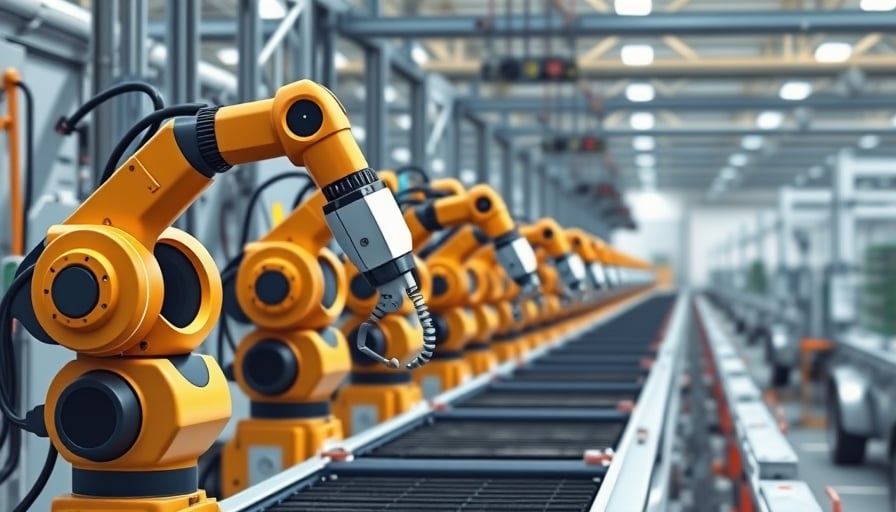机器人行业背景与公司概况
Siasun Robot & Automation Co Ltd (ROBOT) is listed on the Shenzhen Stock Exchange and operates in the industrial robotics sector. The company offers a comprehensive portfolio that includes collaborative, mobile, intelligent, industrial, and service robots, as well as chassis assembly AGVs, spot‑welding systems, intelligent logistics platforms, AS/RS systems, electronic assembly lines, automated vertical warehouses, and automated charging and swapping solutions. Founded in 2000 and headquartered in Shenyang, China, ROBOT serves both domestic and international markets.
Key financial indicators as of 26 October 2025 are:
- Closing share price: 18.59 CNY
- 52‑week high: 24.39 CNY
- 52‑week low: 12.84 CNY
- Market capitalization: 29.09 billion CNY
- Price‑earnings ratio: –114.69 (negative, reflecting current losses)
The company’s earnings situation is under pressure, as indicated by the negative P/E ratio and the absence of recent profit announcements. Nevertheless, its market value suggests that investors expect a turnaround as robotics and automation continue to gain traction in China’s manufacturing and logistics sectors.
Market Conditions for Robotics and Automation
Recent market data indicate a general rebound in technology and industrial sectors. On 28 October 2025, the Shanghai Composite Index crossed the 4,000‑point threshold, marking a return to levels not seen since August 2015. The index’s 18.99 % year‑to‑date gain is supported by strong performance in several industrial segments, including:
- Machinery and equipment: up more than 50 % year‑to‑date.
- Electrical and electronics: nearly 100 % year‑to‑date growth.
- Materials and metals: over 50 % year‑to‑date gains.
These gains reflect renewed investor confidence in China’s industrial upgrade and the demand for automation technologies. The robotics segment benefits directly from this broader industrial momentum, as manufacturers seek to increase productivity and reduce labor costs.
Additionally, sector‑specific news shows that automotive parts manufacturers are reporting significant earnings growth, with more than 60 % of listed companies in the sector posting year‑on‑year profit increases in the third quarter. The rise in new‑energy vehicle production, combined with automation requirements in assembly lines, is likely to drive demand for robotics solutions similar to those offered by ROBOT.
Implications for ROBOT
Industry Demand
The positive trajectory of the machinery, electronics, and materials sectors suggests sustained demand for robotics and automation equipment. ROBOT’s product range aligns well with the needs of these industries, positioning it to capture market share if it can translate this demand into sales.Competitive Landscape
The robotics field in China is highly competitive, with several domestic players expanding product lines and pursuing overseas markets. ROBOT’s diversified offering across collaborative, mobile, and industrial robots gives it a competitive edge, but the company must continue to innovate to maintain differentiation.Financial Position
Despite the favorable sector outlook, ROBOT’s negative P/E ratio and lack of disclosed earnings indicate financial strain. Investors may view the company’s valuation with caution until clear profitability signals emerge.Strategic Opportunities
The ongoing shift toward intelligent manufacturing and the adoption of artificial intelligence in production processes provide opportunities for ROBOT to integrate AI capabilities into its robotics solutions. Partnerships with technology firms or expansion into emerging markets could further enhance growth prospects.
Conclusion
While ROBOT’s immediate financial metrics are modest, the broader industrial and technological environment in China is supportive of robotics and automation growth. The company’s established product suite and strategic positioning could allow it to capitalize on the continuing expansion of automation in manufacturing, logistics, and new‑energy vehicle assembly. Investors should monitor the company’s earnings releases, product development updates, and any strategic partnerships that could signal a shift toward profitability.




